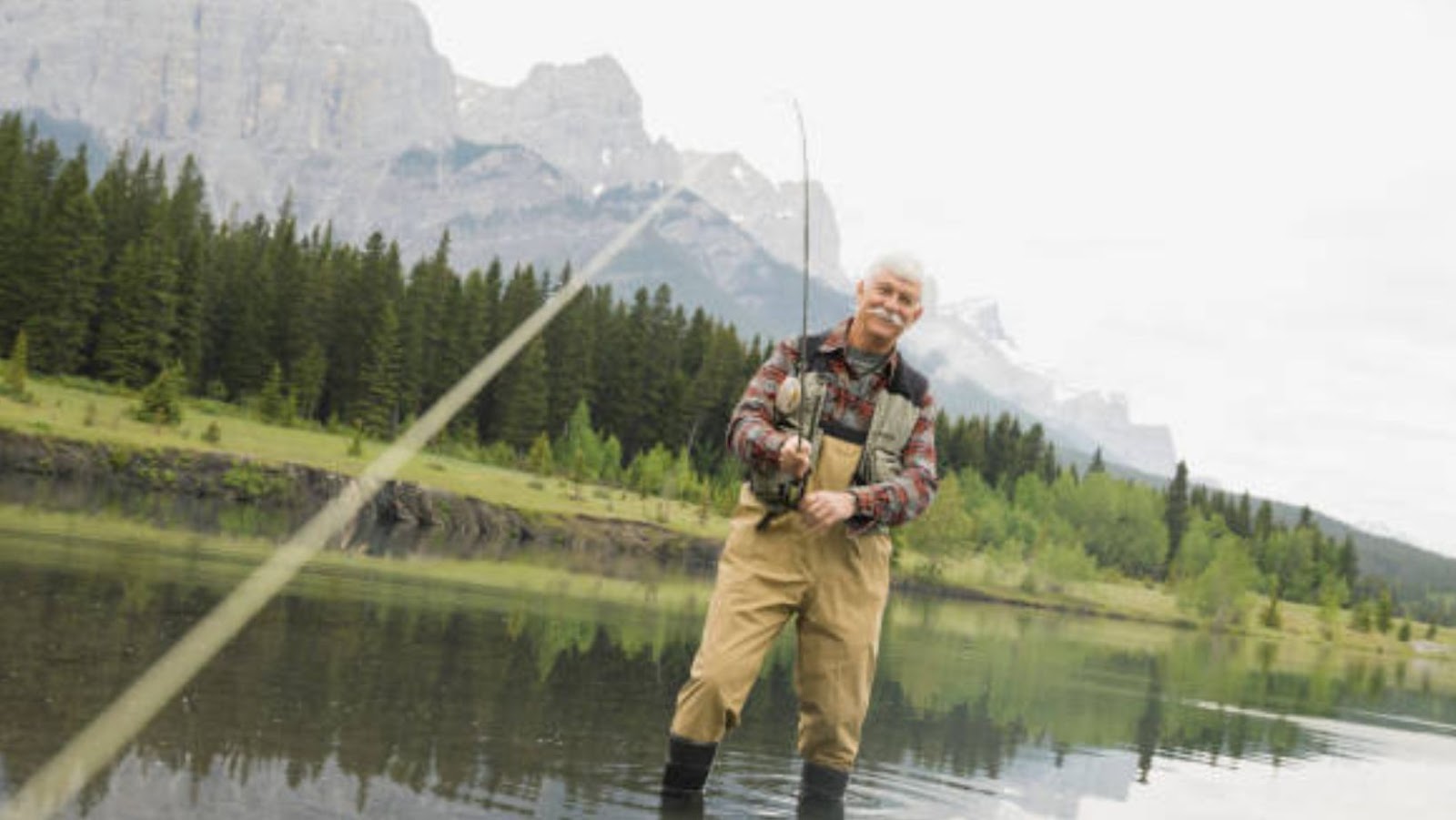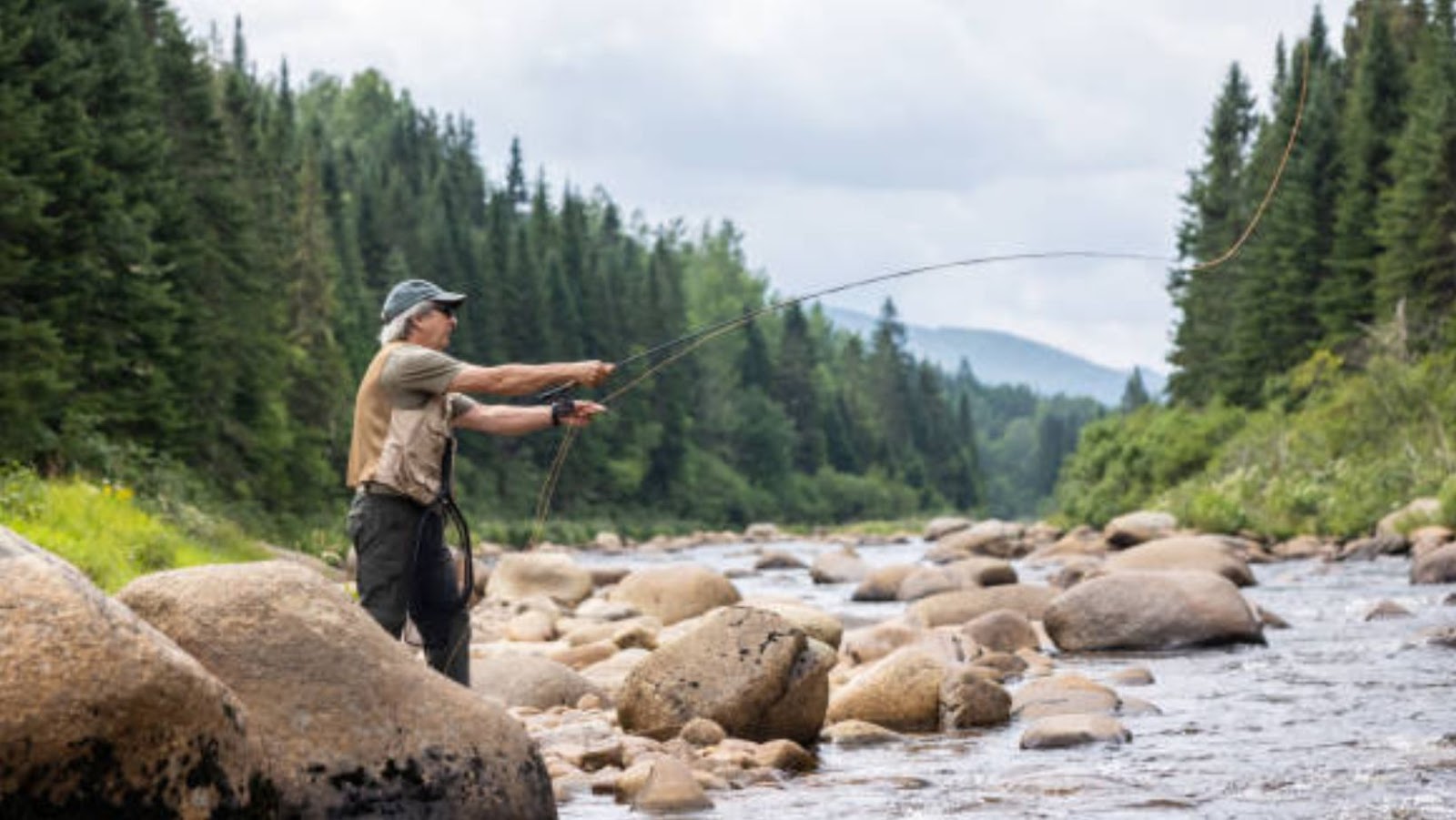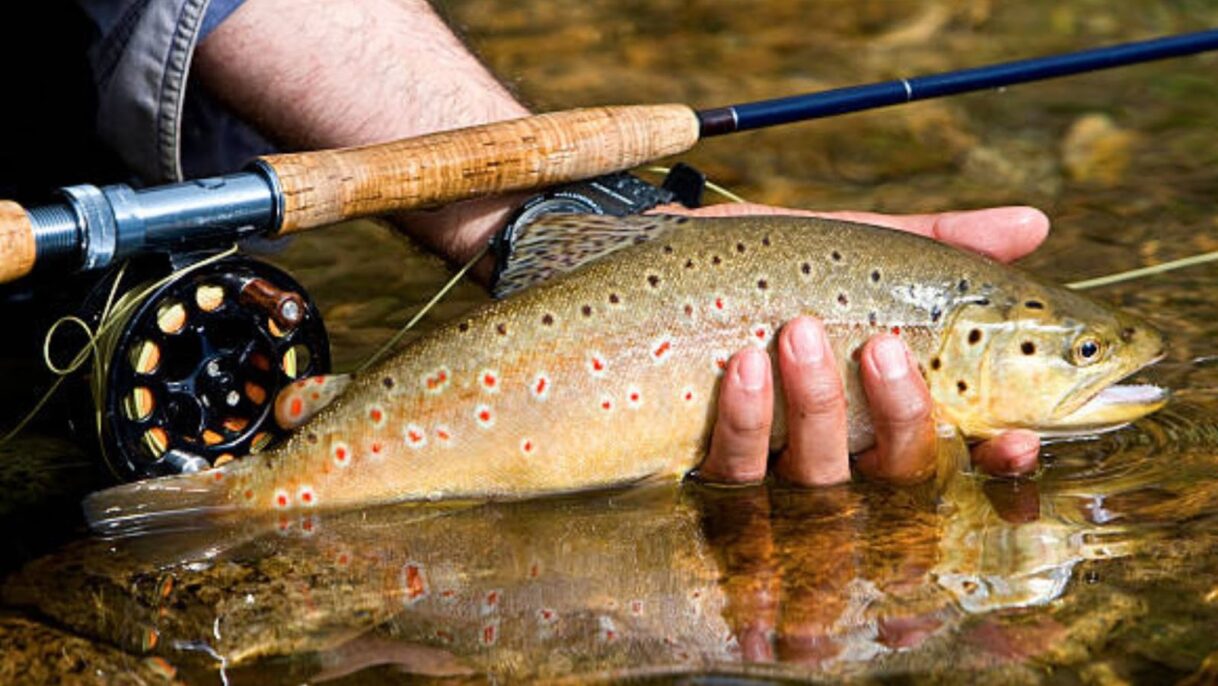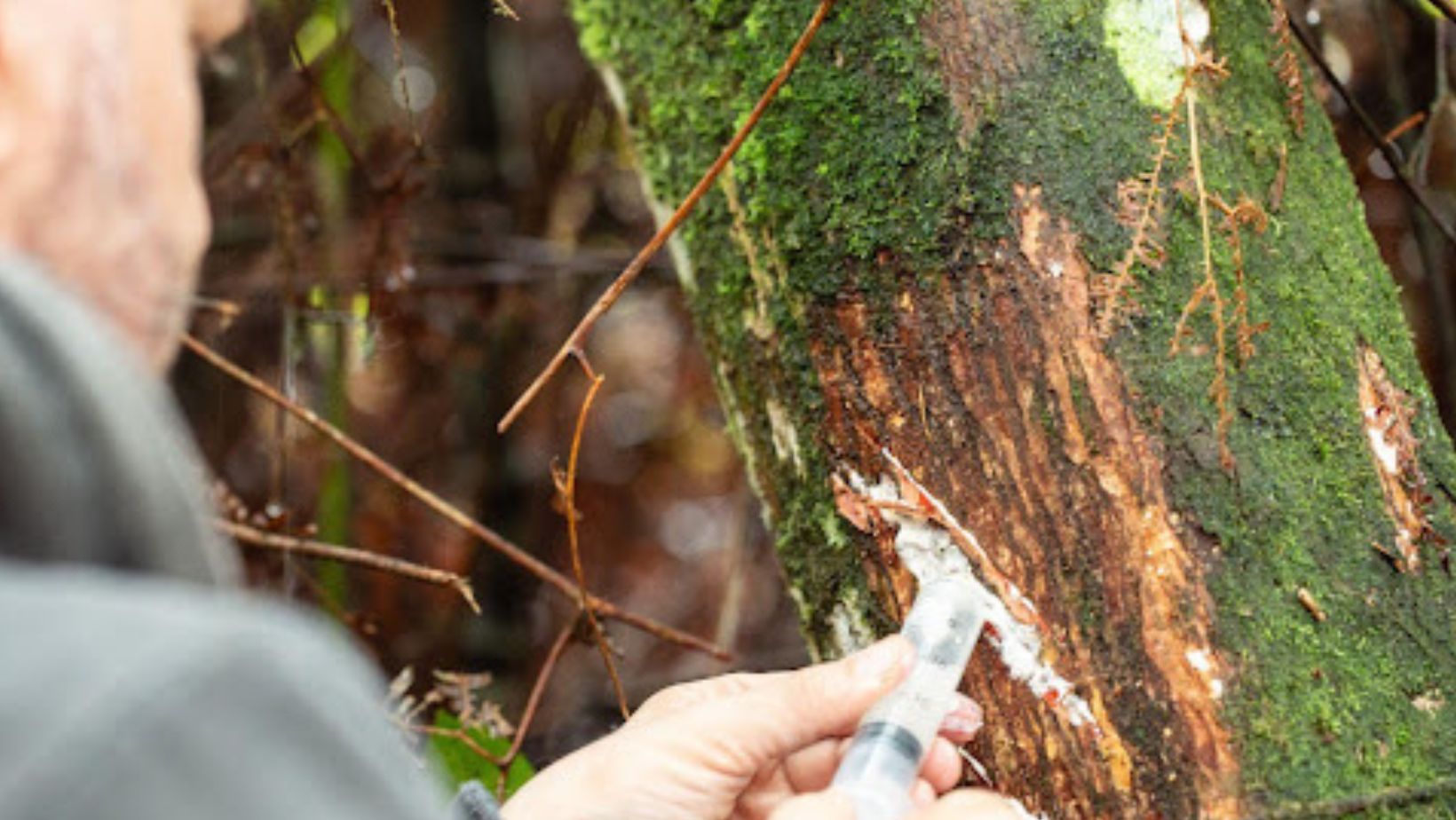As an avid fisherman, I know firsthand the struggle of traveling with fishing rods. Getting them safely to your destination can be a daunting task. But fear not, as I have put together a comprehensive guide on how to fly with fishing rods.
First, it’s essential to invest in a quality fishing rod case. Your case should be sturdy and durable, with ample padding to protect your rods. When packing your rods, make sure to disassemble them and place them in the case at an angle to reduce stress points. It’s also crucial to secure any loose pieces with nylon straps or rubber bands.
When packing for your trip, make sure to check with your airline’s baggage allowance policy. Some airlines may charge extra fees for sporting equipment, including fishing rods. You should also inform the airline during booking or check-in that you plan to travel with fishing rods, allowing them to make necessary accommodations.
At the airport, it’s important to declare your fishing rods at check-in. Be prepared to open the case for inspection. Once you’ve handed over your fishing rod case, keeping a close eye on its handling, and be sure to retrieve the case promptly at your destination.
With these tips, you can now travel with peace of mind, knowing that your fishing rods are well-protected and ready for your next adventure.
Table of Contents
ToggleHow to Fly With Fishing Rods
Flying with fishing gear can be stressful, but with proper preparation, it doesn’t have to be. Here are a few tips for preparing your fishing rods and tackle for air travel:
1. Familiarize Yourself with Airline Policies
Before you pack your fishing gear, make sure to check with your airline for their specific policies and guidelines on traveling with sporting equipment, such as fishing rods. Some airlines may have size and weight restrictions, or require additional fees for checked bags containing sporting equipment.
2. Invest in a Quality Fishing Rod Case
A quality fishing rod case is a must-have investment for air travel. Look for a durable, hard-shell case designed specifically for fishing rods that can hold multiple rods and protect them during transport. A quality case not only protects your gear but also helps prevent damage to other items in your luggage due to the rods’ weight and bulk.
3. Disassemble and Pack Your Rods Properly
To pack your fishing rods, begin by disassembling them and placing each piece into their appropriate slot in the fishing rod case. Wrap each piece with bubble wrap or foam padding to prevent damage during transport.
4. Securely Pack Your Fishing Tackle
Pack your fishing tackle, such as hooks, lures, and line, in a separate container, such as a tackle box, to prevent them from getting tangled or damaged during the flight. Consider packing any sharp objects, such as hooks or knives, in your checked luggage to avoid issues with TSA.

5. Arrive at the Airport Early
Arrive at the airport early to allow plenty of time for check-in and security screening. Inform the ticket agent that you have fishing gear to check, and they will provide specific instructions for how to proceed.
By following these tips, you’ll be able to fly with your fishing gear with confidence, knowing that you’ve taken the necessary steps to ensure it arrives safely at your destination. Happy fishing!
Packing Your Fishing Rods and Tackle for Air Travel
Flying with fishing rods and tackle can be a bit complicated, but with some careful planning and preparation, you can ensure that your gear arrives safely at your destination. Here are some tips on how to pack your fishing rods and tackle for air travel:
- Choose the right travel case: The first step to safely transporting your fishing gear is to choose the right travel case. Look for a sturdy case that’s specifically designed for fishing rods and reels. Some cases are hard-sided while others are soft and padded. Choose the one that suits your needs.
- Break down your fishing rods: Before packing your fishing rods, break them down into smaller pieces. This will make them easier to transport and less likely to break during travel. Be sure to label each section to make reassembly easier.
- Secure your fishing rods and reels: Use bubble wrap or foam padding to secure your fishing rods and reels in the case. This will prevent them from moving around and potentially getting damaged during travel. Also, make sure each fishing rod and reel is wrapped separately to avoid scratches or dings.
- Pack your tackle carefully: Pack your fishing tackle in a separate bag or container. You can use a soft-sided tackle bag or a hard-sided tackle box. Be sure to check the TSA regulations for any restrictions on items you can bring on board.
- Know the airline’s regulations: Different airlines have different regulations when it comes to flying with fishing gear. Some airlines require you to check your fishing gear while others allow it as a carry-on item. Be sure to check with your airline before you fly.
- Consider purchasing insurance: If you’re traveling with expensive fishing gear, consider purchasing travel insurance. This will give you peace of mind in case your gear gets lost or damaged during travel.
By following these tips, you can pack your fishing rods and tackle for air travel with confidence. Remember to plan ahead, check regulations, and secure your gear properly to ensure a smooth and stress-free travel experience.
Navigating Airline Policies and Procedures for Flying with Fishing Rods
If you’re a fishing enthusiast, then traveling with fishing rods can be a crucial aspect of your trip. Whether you’re traveling to a local lake or flying to an exotic location, knowing how to fly with fishing rods can save you time and money while ensuring that you arrive with your gear intact. Here are some tips on navigating airline policies and procedures for flying with fishing rods.
Research Airline Regulations
Firstly, before booking your flight, it’s crucial to research airline regulations concerning flying with fishing rods. Each airline has specific policies on the number of rods, length, size, and packaging requirements.
Choose the Right Case
Investing in a sturdy and well-built case is essential to protecting your rods during transportation. Plastic and PVC tubes are relatively lightweight, but they provide little protection. Hard-shell and custom aluminum cases with foam padding are considered the best protection option, but they might be bulky and heavy.
Get Updates on TSA Guidelines
TSA regulations for flying with fishing rods are subject to change. That’s why it’s crucial to keep updated on their guidelines before you travel. Currently, you can pack your fishing rods in checked baggage, but check with the airline to ensure that they comply with specific requirements.
Consult with the Airline
Before traveling, it’s crucial to contact your airline of choice to find out the process of flying with fishing rods. Inform them of the number and size of your rods, and ask whether you’ll need to check them in or carry them with you.

Prepare Accordingly
To ensure that your equipment arrives safely, it’s crucial to pack your fishing rods correctly. Remove any line from the reels and fasten them with either rubber or Velcro ties. It’s advisable to pack the rod in a padded cover or wrap it with soft clothes.
Final Thoughts
Knowing the airline regulations and procedures for flying with fishing rods is crucial for any fishing trip, ensuring that you arrive with all the necessary equipment and avoiding unwanted charges. So, before traveling with your fishing gear, keep the above tips in mind and enjoy your fishing adventures with peace of mind.
Conclusion
Bringing your fishing rods on a flight journey can be a challenging and intimidating experience, especially if you are doing it for the first time. However, with a bit of planning and following the guidelines provided by the airline, you can ensure that your fishing rods travel with you safely and without any issues.
In this guide, we have explored all the crucial aspects of how to fly with fishing rods. We learned that it’s essential to pack your fishing rods carefully to avoid any damage during transportation. We also discussed what to consider when choosing a suitable rod case and how to measure different types of fishing rods for packing.
Furthermore, we talked about the airline policies and regulations regarding flying with fishing rods. It’s essential to do thorough research and get in touch with the airline beforehand to avoid any misconceptions and unexpected surprises.
Finally, we discussed some essential tips and tricks that can make your flying experience with fishing rods hassle-free. For example, labeling your rod case, arriving early at the airport, and carrying supportive paperwork can make a significant difference in ensuring a smooth journey.
In conclusion, flying with fishing rods is a bit challenging, but with proper preparation and knowledge, you can make it a breeze. We hope this guide has been informative and helpful, and wish you all the best in your future fishing adventures.





